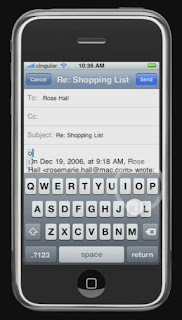Rising to the top
Recently, I posted a one line, grammatically incorrect (actually it just had a typo - a missing 'of') blog in which all I did was praise Seth Godin's article and point to it. I didn't think anything I had to say about the topic could really add any additional value so I refrained from putting in any of my comments. I didn't think much about it then but afterwards I found out, interestingly, this article had reached the top of the Popular Entries for the last 24 hours at JavaBlogs.com. This is not really such a big deal but I have an RSS feed to the popular entries and it is always interesting to see what rises to the top in that list. Because Mozilla's Live Bookmarks shows only the title, I have to judge whether I want to read the article based on the title.
Despite it being a collection of Java blogs, it is infrequent that anything seriously technical about Java manages to hold popular attention. It is always the more interestingly worded title that starts to move up rapidly (perhaps the only exceptions are the latest buzzwords and the word 'performance'). More technical titles generally languish somewhere in the middle of the list which at the top is crowded by articles that are inflammatory in their title or simply very vague about their content. The advantage of the latter (which mine must've inadvertently become) is that you have to click on the link to find out what's in the blog. This makes the blog more 'popular'. This, of course, makes it go up higher in the list allowing reaching more people and setting off a chain reaction.
So, here's (deliberately this time) a rather vague title for this blog to test this theory :-)








